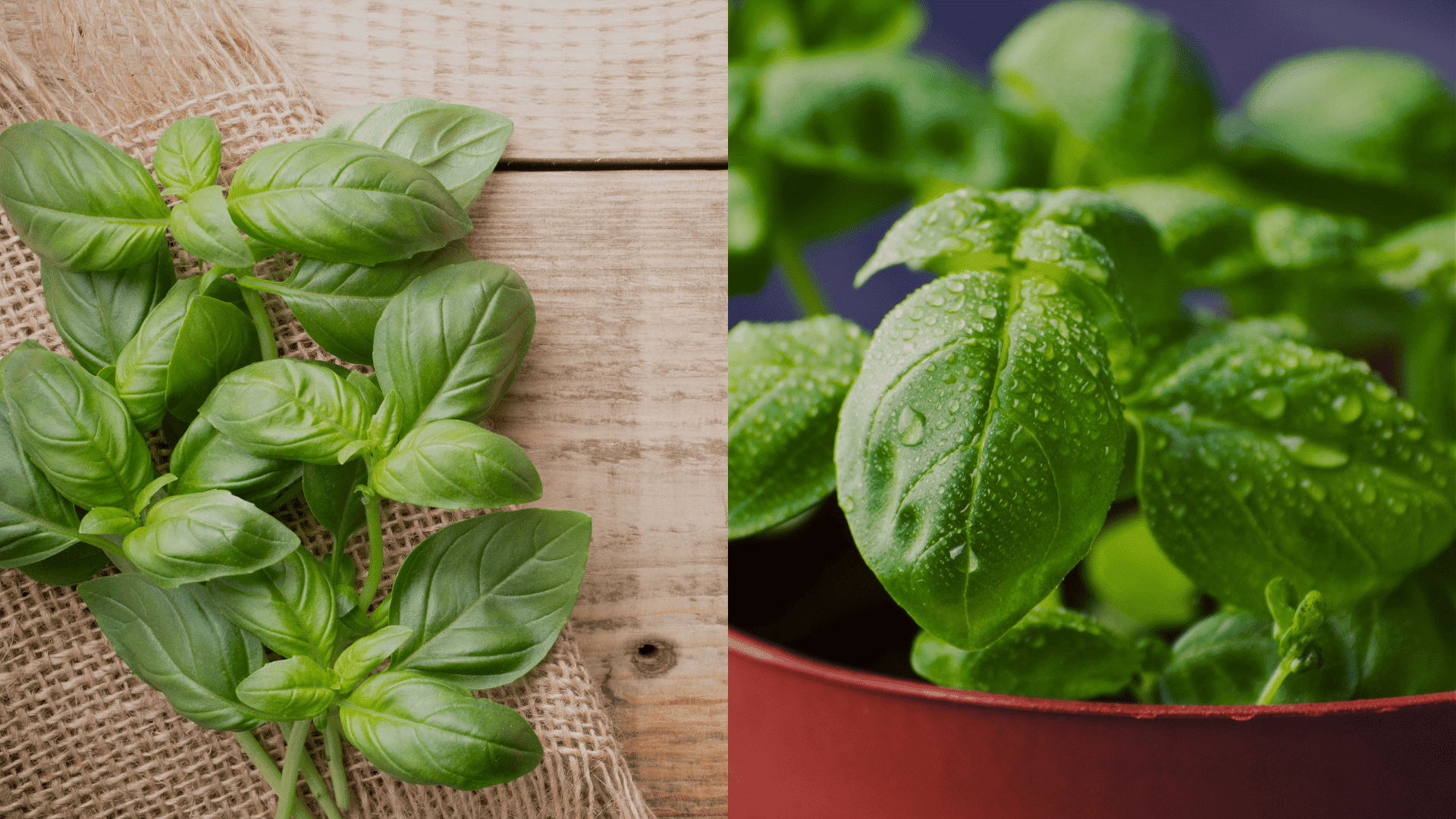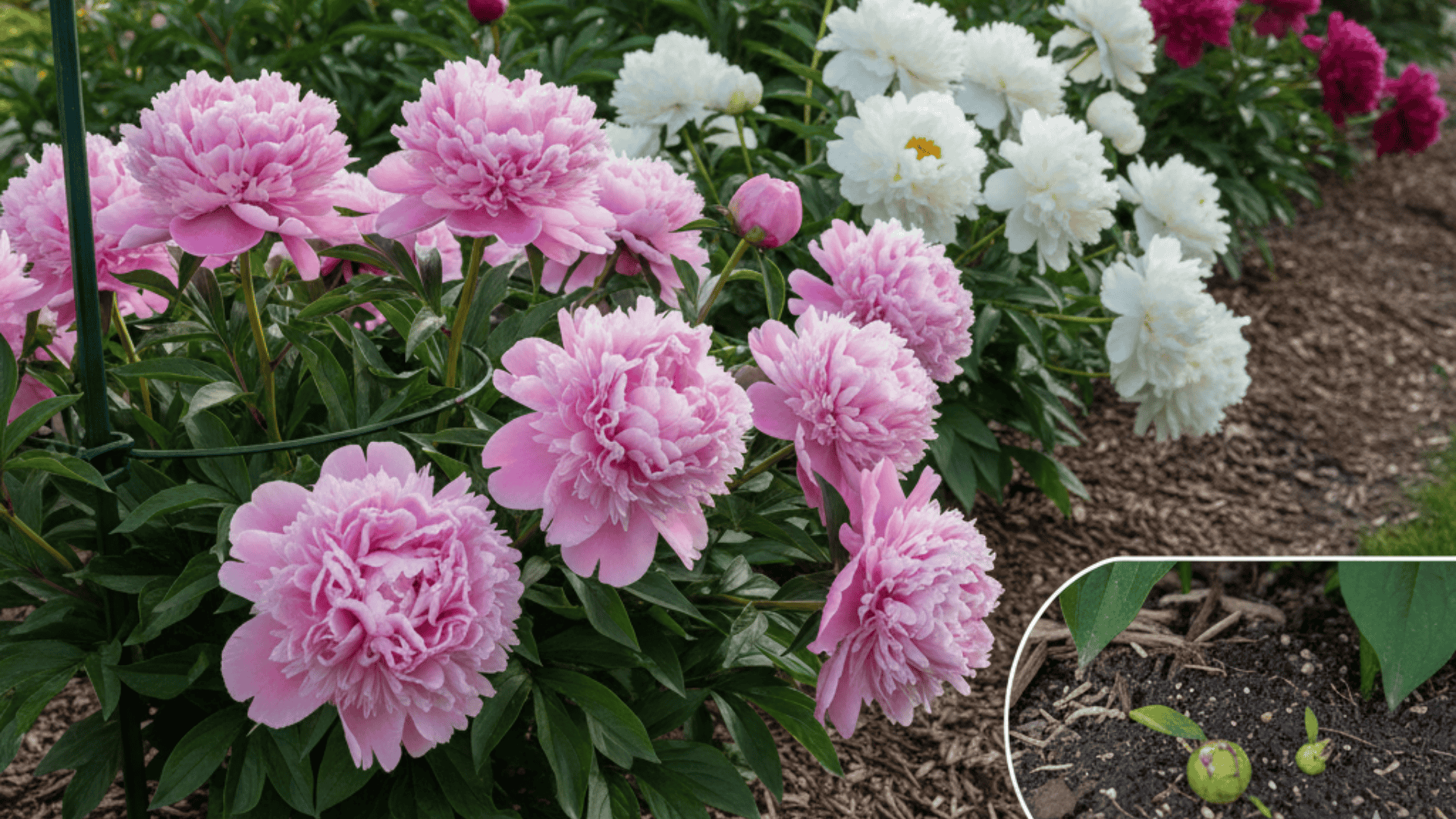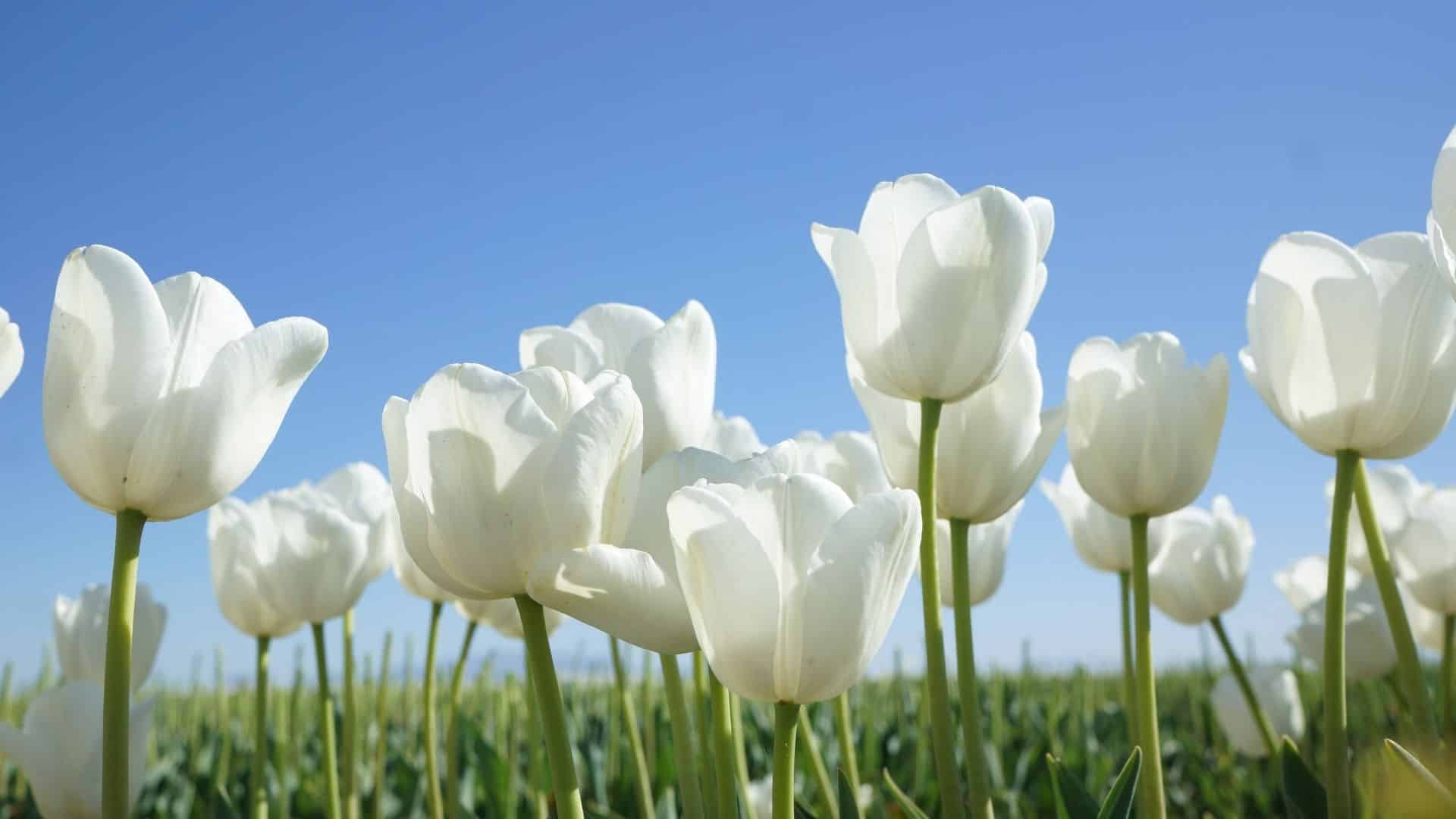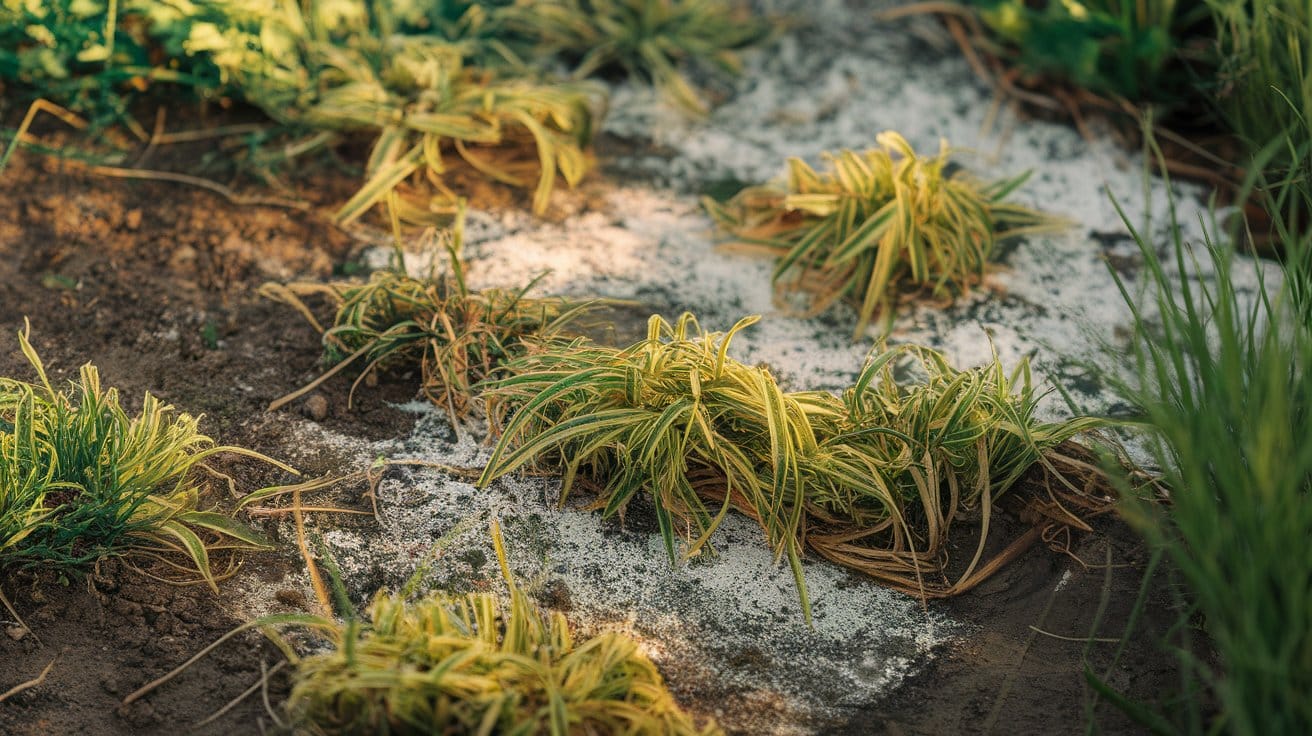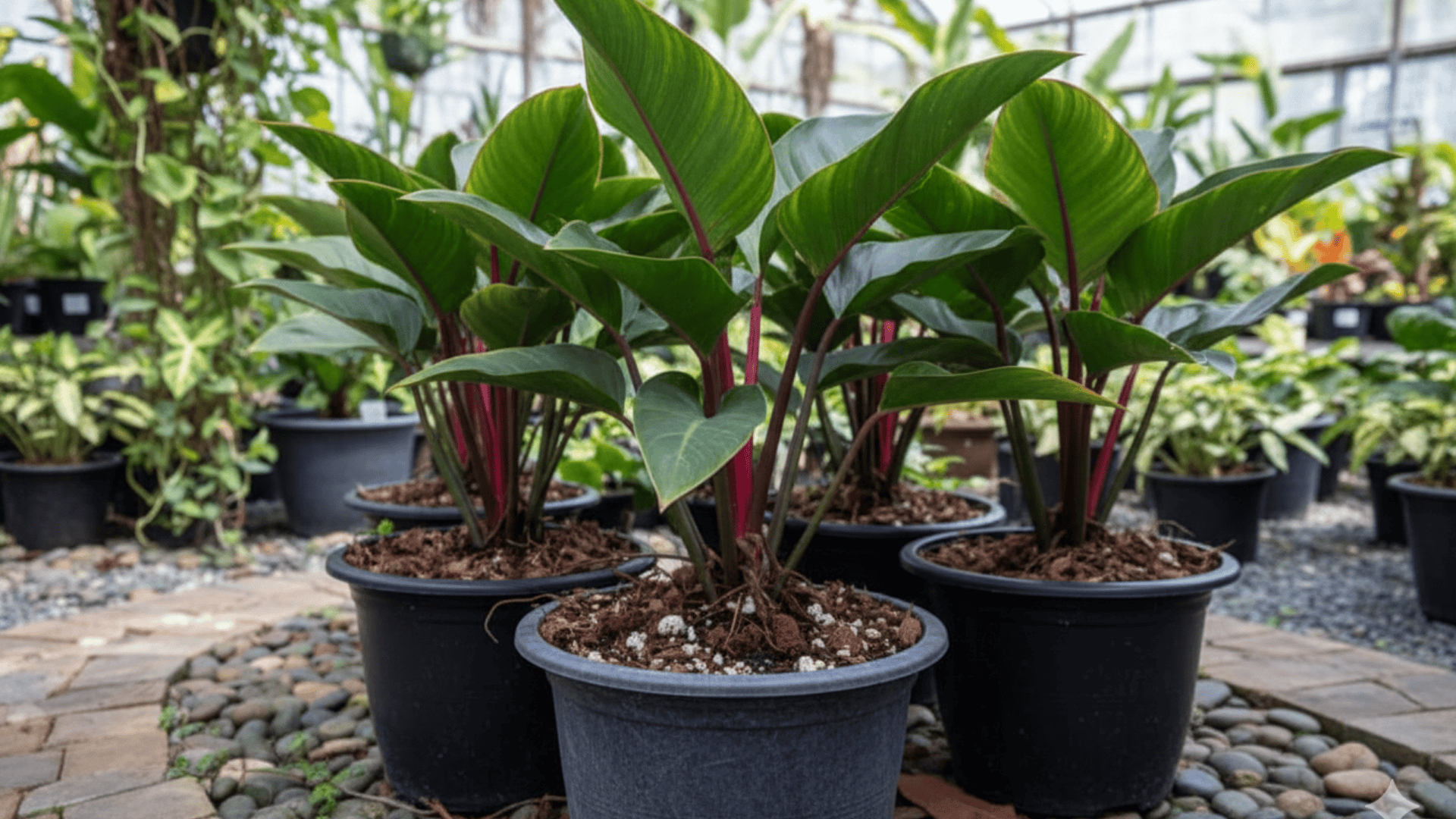Have you ever panicked when your beautiful hostas suddenly turned brown and collapsed after the first frost?
This dramatic winter change surprises gardeners everywhere.
What looks like plant death is actually nature’s survival strategy.
Hostas are among the most resilient perennial plants, known for their lush foliage and shade tolerance.
While they bring beauty from spring through fall, their winter behavior often leaves gardeners confused.
This guide will show you exactly what hostas look like during the winter months, their reasons, and the simple steps to help them survive cold weather.
You’ll learn when to cut back leaves, how to protect roots, and what to do with container plants.
Here’s what’s really happening to your hostas and how to ensure they thrive next spring.
Let’s solve this winter mystery once and for all.
What Are Hostas?
Hostas are shade-loving plants with large, colorful leaves that grow in shady garden spots.
These easy-care plants come back every year and are popular because they thrive where grass and flowers won’t grow.
They’re known for their beautiful leaves in green, blue, yellow, or mixed colors.
But what do hostas look like in winter?
That’s where many gardeners get confused, since these plants completely change their appearance when cold weather arrives.
What Do Hostas Look Like in Winter?

Image source: plantaddicts
The winter appearance of hostas can be quite startling if you’re not prepared for the change.
As temperatures drop and daylight hours decrease, hosta leaves begin to change dramatically.
Initially, you’ll notice the leaves turning yellow, then progressing to brown as they wilt and collapse.
Don’t be fooled by the lifeless appearance as your hosta’s roots are working overtime beneath the soil.
After the first frosts, everything above ground looks dead, but don’t be fooled, the roots are still alive underground.
Do Hostas Die in Winter?
Many new gardeners worry that their hostas have died when they see the dramatic changes that occur during winter.
The good news is that hostas don’t actually die in winter; they enter a natural state called dormancy.
During dormancy, hostas shut down their above-ground growth to conserve energy and protect themselves from freezing temperatures.
This survival mechanism allows them to withstand harsh winter conditions and return stronger the following growing season.
How to Winterize Hosta Plants?

Taking care of your hostas in winter is simple; just follow these three main steps.
Do them right, and your plants will come back strong in spring.
1. Cutting Back Leaves
Deciding when and how to cut back hosta foliage requires careful timing.
The best approach is to wait until the leaves have completely wilted and turned brown, usually after several hard frosts.
This timing allows the plant to transfer maximum nutrients from the leaves back to the root system.
When cutting back hostas, use clean, sharp garden shears and cut the stems to within 2-3 inches of ground level.
Avoid: Cutting back green leaves or cutting too early in fall.
When NOT to Cut Back Hostas?
Avoid these timing mistakes:
- Green or yellow leaves: Wait until foliage is completely brown and wilted
- Warm fall weather: Don’t cut during mild spells in late fall
- First-year plants: New hostas need leaves longer for energy storage
- No pest problems: If disease-free, leaving leaves longer won’t hurt
I’d like to give credit to Grower Coach for their informative video, which served as a reference for this guide.
2. Mulching and Protecting the Roots
Mulching is your hosta’s winter blanket.
It keeps the soil temperature steady and protects the roots from freezing damage.
Add 3-4 inches of mulch around each plant after the ground starts to freeze.
Use shredded leaves, straw, pine needles, or bark chips.
Make a donut shape around the plant and don’t pile mulch against the stem center.
Avoid: Piling mulch against the crown or using fresh wood chips.
3. Watering
Most hostas get enough water from snow and rain during winter, but in dry spells or mild climates, you might need to water occasionally.
Check the soil by digging down a few inches with your finger.
If it feels completely dry, add some water and let it drain well.
Avoid: Watering when temperatures are near freezing or overwatering.
What to Do with Potted Hostas in Winter?
Potted hostas need more help in winter than the ones in your garden.
Here’s how to keep them safe through the cold months.
- Move indoors: Place containers in an unheated garage or porch above 10°F
- No space to move: Group pots together and wrap with burlap for warmth
- Water sparingly: Check soil monthly and add a little water if bone dry
- Best protection: Sink the whole pot into garden soil with just the rim showing
- Remove saucers: Take away any drainage trays to prevent water from freezing under pots
Common Hosta Winter Problems
Even with proper care, winter can bring unexpected challenges for your hostas. Here are the most frequent issues and how to handle them.
- Vole damage: The biggest threat to hostas in winter is these small rodents, which tunnel under mulch and eat the roots and crowns.
Solution: Remove thick leaf cover and use hardware cloth around valuable plants.
2. Crown rot: Happens when water sits around the plant base during freeze-thaw cycles, creating mushy dark areas at soil level.
Solution: Improve drainage and avoid piling mulch directly against stems.
3. Slug eggs: Often hide in mulch and organic matter over winter, hatching in spring to attack new growth.
Solution: Check mulch regularly and remove any egg masses you find.
4. Frost heaving: Pushes plants out of the ground during temperature swings, with newly planted hostas most vulnerable.
Solution: Apply mulch after the ground freezes and check plants periodically, gently pressing any lifted crowns back into place.
Conclusion
You no longer need to think what do hostas look like in winter.
Those brown, collapsed leaves now make perfect sense as your hostas get ready for their rest.
You’ve also learned the three key steps: cutting back at the right time, creating that protective mulch blanket, and adjusting your watering routine.
And most importantly, what looks like plant death is actually nature’s survival strategy.
You can now care for both garden and container hostas through winter.
Ready to put these tips into action?
Share your hosta winter care stories in the comments below and help fellow gardeners master their winter routines!
Frequently Asked Questions
What Happens if you Don’t Cut Back Hostas for Winter?
If hostas aren’t cut back, dead leaves may attract pests, harbor disease, and create garden clutter, but the roots usually remain safe underground for spring regrowth.
What Does Epsom Salt Do for Hostas?
Epsom salt provides magnesium, which can enhance leaf color and strengthen growth in hostas. However, it’s not essential and should be used sparingly to avoid soil imbalance.
What Does Overwatered Hosta Look Like?
An overwatered hosta often has yellow, limp leaves, mushy stems, and stunted growth. The soil may feel soggy, and roots risk rotting if drainage is poor.




